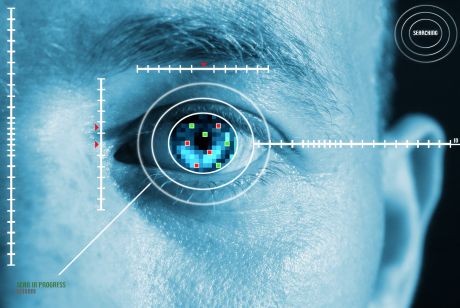A new era for face detection and tracking

A new era for face detection and tracking
Faster, better and more powerful facial recognition software has been developed, promising to enhance security surveillance in sensitive public settings with numerous people.
High-tech facial recognition has become extremely important in the wake
of the increased global risk of terrorism and heightened security needs.
Airports, transport hubs, and public buildings can benefit from better
facial recognition technology in the drive to keep citizens and
communities safe. The EU-funded FER IN THE WILD (Facial Expression
Recognition in the Wild) project developed an automatic facial
expression recognition system to handle uncontrolled real-world
settings.
Envisioning automatic face detection and facial landmark point tracking system that can handle faces ‘in the wild’, the project team proposed a complex approach that could operate in real time. It conceived a novel non-rigid face alignment framework that employs the texture model based on response maps generated via specific filters. FER IN THE WILD then refined the approach using discriminative regression, or more specifically Discriminative Fitting of Response Maps and Generative Fitting of Response Maps methods.
Building on this, the project proposed incremental training software to facilitate updating discriminative facial deformable models automatically. This helps the technology to rapidly tailor itself to the subject being tracked, becoming person-specific over time. Once real-time face tracking was accomplished, the team added a facial expression recognition system that aligns a 3D facial shape model with the estimated facial landmark points.
Overall the project succeeded in building very robust discriminative ‘in-the-wild’ software that yields better results than currently available solutions. It created ready-to-use real-time software for face detection, which was made available for free online and has already been downloaded thousands of times.
As the technology excels in non-rigid object registration and tracking, it may prove useful in the medical imaging as well. In the meantime the project’s results are already on the way to helping take safety and security surveillance to a whole new level.
published: 2016-06-07